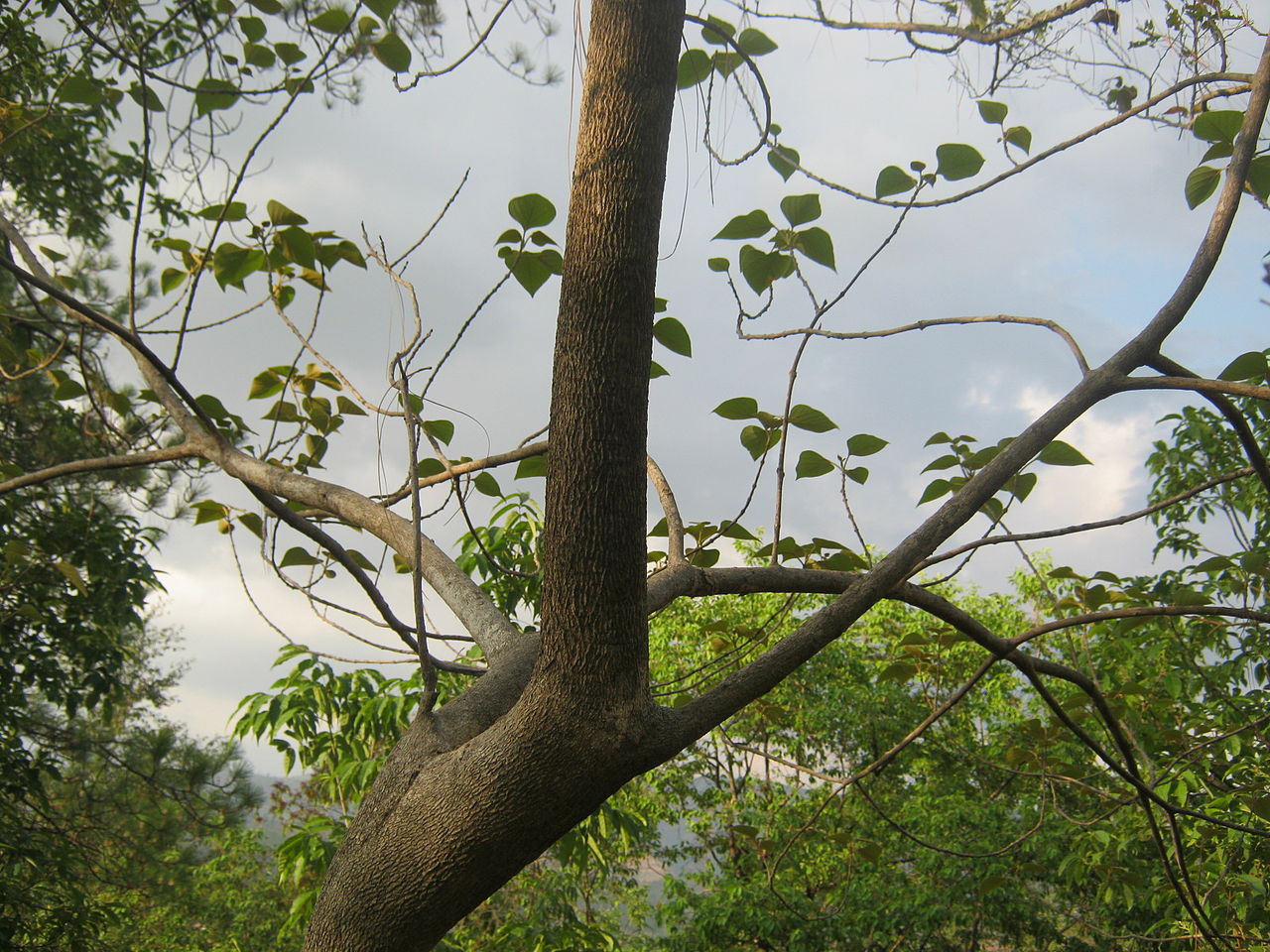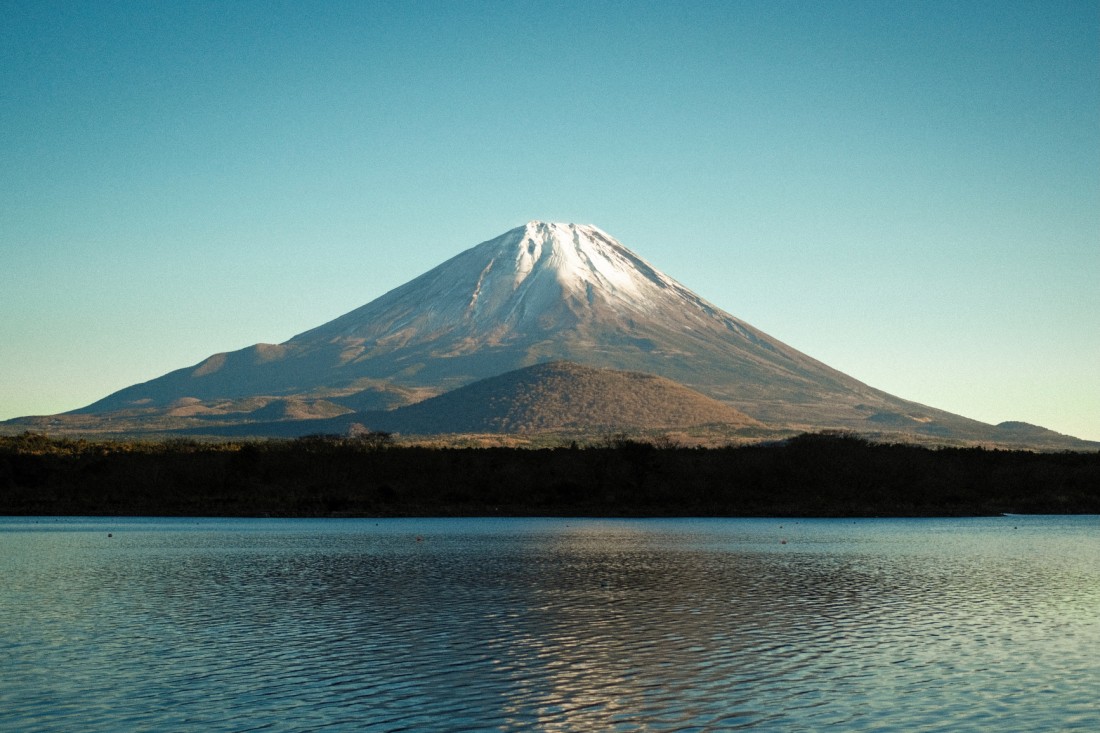As the transition period from Kali to Dwapara Yuga was coming to a close toward the second half of the 19th century, the outward expression of inner strength showed no sign of slowing down. The British Empire in India was quickly exhausting the supply of teak wood – renowned for its beauty and durability – and didn’t have to look very far for more. Just across the Bay of Bengal, in fact, for Southeast Asia was rich with this commodity.
Here in Thailand, teak has always been synonymous with quality. Not only was it the preferred material for furniture, but grand homes and temples were entirely constructed with this hardwood. So tough was teak that it was found to be impervious to termites and other destructive insects. Some centuries-old temples from the north of the country, where these trees grew in abundance, still stand today boasting massive teak columns and beams, as handsome as on the day that they were installed.
But, alas, the renowned wood’s days were numbered. Due to insatiable demand during the past couple of hundred years, teak was facing extinction. Now, felling teak trees is largely forbidden in Thailand and the transport of this specimen is seldom permitted. Yet the allure of teak remains, with solid trunks fetching astronomical prices on the black market. Teak furniture available in stores are now mostly composite pieces, jig sawed together from smaller cuts.

The inner strength and outer beauty of teak captivated many for centuries, but with the dawn of Dwapara Yuga came an awareness of conservation and ecology that was inconceivable in a denser era. Nowadays using endangered trees for construction suddenly seems sinful, for this is an expansive age that shatters archaic beliefs and highlights more elevated, sustainable solutions to satisfy human needs.
Though technically classified as a wild grass, the larger species of bamboo can very much appear treelike. Long used in a variety of applications in Asia, from light yet supportive scaffolding to cooking utensils, bamboo is proving to be an unexpected star of this new age of energy.
“Just as the best clothes wrap around real curves in just the right way, the way a house curves around you can feel just right,” said Elora Hardy from the architecture and design firm Ibuku in an article from Vogue magazine from October 2017. “But it takes a different mind-set to get it right. Bamboo doesn’t follow the rules of the past few centuries of architecture and construction—it’s literally a different shape, being round and hollow and tapering. So as designers, we have to learn, then develop, then write the rules for ourselves, to suit what we see is possible with bamboo.”*
As she explained in a 2015 TED Talk,** bamboo has been used as a building material for thousands of years, but if left untreated, it will get eaten by insects and disintegrate. So she and her team protect it by safely treating it with a natural salt. Homes constructed of bamboo appear in harmony with nature.
Perfect right angles are seldom found – even doors are circular, hanging on a central hinge, in order to accommodate the winding quality of the material. With sweeping, soaring ceilings and voluminous interiors, bamboo homes invite the outside in and look perfectly suited in the dense tropical jungles of south Asia. Although currently unsuitable for colder climates, it’s tempting to ponder where this unassuming grass can go with greater mastery and experimentation.
It can feel odd to speak of inner strength when discussing something so common: there are more than 1,450 species of bamboo growing wild in tropical environs throughout the world. Being hollow and susceptible to insects make the toughness of bamboo even more questionable. Something so abundant and versatile cannot possibly be strong, can it? And yet bamboo is also earthquake resistant, able to bend and sway when the ground convulses. Amidst the crash of breaking worlds, this humble grass can stand unbroken, whereas tough, unyielding materials can crumble in moments.
Let’s now compare the modest bamboo to the majestic teak to see what we can learn about developing inner strength.
First, Dwapara Yuga demands adaptability in problem-solving and not a rigid reliance to tradition. Sure, the hollow bamboo, when used in its raw form, cannot match the naturally strong teak. But with the right treatment, a seemingly simple object can prove to be more appropriate in many situations.
Likewise, the patriarch of a family can pressure his children to follow his long-held views – but brewing resentments from his descendants can destroy the fabric of the family, that the uncompromising elder was trying to preserve all along.
When my niece was growing up, my sister was at ease about food, much to the surprise of her many health-conscious friends. Ice creams and cakes were regular treats for the family. I remember one girl that, whenever she would visit, would gorge herself with cookies and sweets that were offered for dessert and ignored the main meal. I later learned that the little girl’s mother was a fitness enthusiast and never had any sugar in the house. Parenting requires proper guidance, of course, but with too many rules, rebellion is bound to occur. Of course, we know that excessive sugar is detrimental to health, but what is childhood without a bit of sweetness? While that healthy mother doubtlessly means well, I can’t help but to feel that instead of helping her child develop the inner strength to resist empty calories, she is instead fostering an unhealthy relationship with food for her daughter.
In a world of ever-increasing polarization, having the courage, calmness and confidence to remain centered becomes essential in developing inner strength.
It seems as if we are required to pick a side in this tumultuous age; wholeheartedly listening to those of a different mindset is an art that is quickly disappearing. As such, we are losing the ability to create a functioning, cohesive world for the many and prefer to hide away in our bubble with a like-minded few.
In school, I was taught, and believed, that news is supposed to be fair and balanced. When I had my first job in journalism, I quickly realized my naïveté. What was intended to provide information has now morphed into a complex of attention-grabbing programs designed to inflate our ego.
“You don’t like something that you see? Switch to another program immediately. Why bother exposing yourself to a different viewpoint when, just a click away, there are talking heads clamoring for your attention, waiting to echo your exact sentiments.”
On top of that, internet algorithms are now smart enough to suggest only the contents that you like, dutifully inflating your bubble of self-righteousness with every recommendation.
This vacuum of close-mindedness that is the current media landscape presents a challenge for those seeking to develop true inner strength. Being stubbornly tough like the mighty teak can have a certain appeal, but it can also feel like a tired, outdated relic. In contrast, bamboo is hollow, but it is far from empty: By applying energy, we can transform this economical material into treasured dwellings.
Developing inner strength in Dwapara Yuga, then, is akin to harnessing the innate quality of bamboo and energizing it with human creativity in order to create shelter, which is a basic human need.
Therefore, we must now move beyond an antiquated, isolated image of inner strength and welcome a paradigm of expansion, compassion and cooperation. This time of great change demands nothing less than a revolution.
The Tale of Princess Kaguya(かぐや姫の物語), one of the oldest Japanese folklore at roughly a thousand years old, tells of a quiet, childless bamboo cutter that comes across an enigmatic, glowing stalk of bamboo. When he cuts the stalk open, he finds a thumb-size infant inside and, together with his wife, decide to raise the baby as their own. From then on, every time the man cuts a stalk of bamboo, he finds a small nugget of gold within. The family quickly becomes rich.
The child grows up to be an incredible beauty, attracting the attention of the most celebrated men of the land, including the emperor. But she turns down all of them, eventually revealing to her earthly parents that she is a celestial being and must return to the moon. The story closes with her ascension to heaven, but before she leaves, she sends the emperor a goodbye letter and an elixir of immortality.
Upon receipt of the message, the emperor instructs his men to summit the highest mountain in the land and burn the letter so that the message reach the princess in heaven. They are also ordered to burn the elixir of immortality, as the Emperor does not wish to live for eternity without her. Legend has it that the word for immortality (不死, fushi), became the name of the mountain, now Mount Fuji.

Developing inner strength in Dwapara Yuga can be best understood as the cultivation of divinity from within. Countless allegories from various traditions suggest that freedom is not to be found here on earth; that the purpose of this world is just to entertain and educate ever-evolving souls.
Ultimately, we will have to shed everything that binds us to the physical plane: fame, possessions, loved ones – all will eventually return to no-thingness. Stubbornly refusing the inevitable and taking deeper root into this temporary existence, like the imposing teak tree, guarantees heartaches and disappointments.
A wiser approach is to practice the inward presence of God little by little, every day, in preparation for the ups and downs of life. So that when the time comes for our final exam, we can ascend to a higher realm with a calm inner strength, free from the clinging delusions of the material world, just like the bamboo princess.
* https://www.vogue.com/article/sustainable-building-bamboo-bali
** https://www.youtube.com/watch?v=kK_UjBmHqQw
